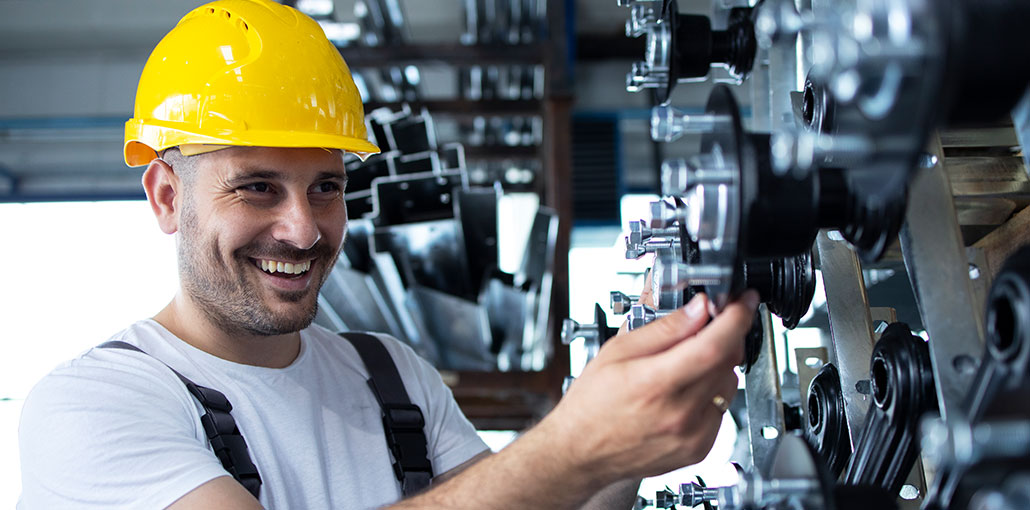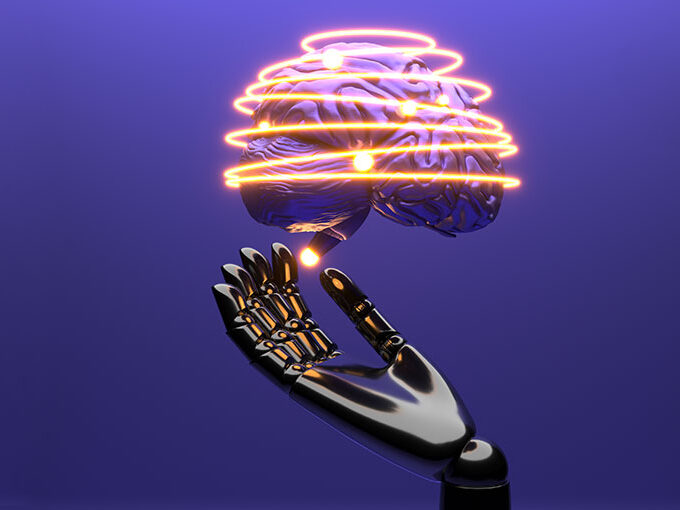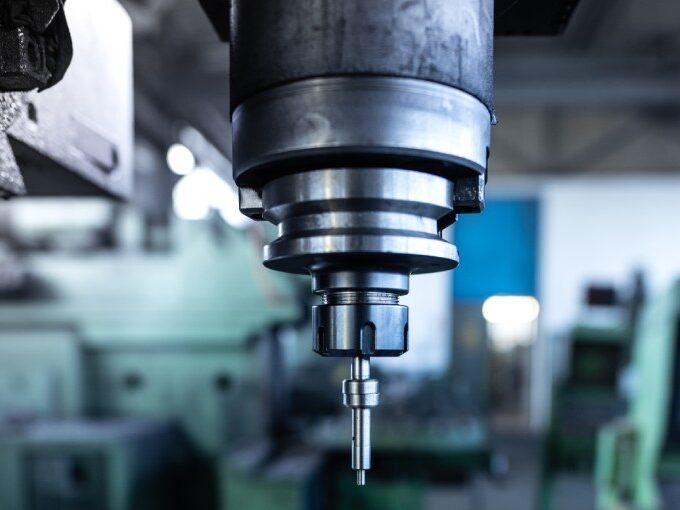While machine maintenance can feel like a necessary evil, it’s actually an important part of your manufacturing process. A well-maintained plant not only produces more consistent quality but also decreases downtime and increases productivity. Here are some tips for maintaining your machines and maximizing output:
Maintain your machines by following a pre-determined checklist
To ensure your machines are well maintained and performing at peak performance, follow a pre-determined checklist.
A checklist is a set of items that you can use to make sure you don’t miss any steps when maintaining or repairing your machine. Checklists can be made up of pictures, diagrams, or videos that show how each step should be performed.
Checklists are especially helpful if you have multiple employees working on different parts of the same job; checklists allow everyone involved in maintaining machinery to understand exactly what needs to be done and by whom.
Make sure you have enough qualified engineers to run your plant
The right people are critical to your maintenance efforts. In fact, you should make sure that you have enough qualified engineers who know how to run your plant and keep it running smoothly. You may also want to hire engineers who are familiar with the specific equipment that you use in your operations, so they can diagnose problems faster than someone who doesn’t know what they’re looking at.
You’ll need some way of identifying and hiring these professionals; this could involve advertising job openings through local news outlets or posting them on social media sites like LinkedIn or Facebook (which have large followings). Furthermore, you might even consider hiring an executive search firm if there isn’t enough time before the next shift begins–they’ll be able to find candidates quickly and set up interviews right away, so there aren’t any delays later down the line when production needs start piling up due to downtime caused by unplanned maintenance issues!
Also read: How to Make Your Business More Efficient with Automated Bottle Filling Machines
Network with other operators in your industry to find out what works and what doesn’t
The best way to get the most out of your maintenance program is to network with other operators in your industry and find out what works and what doesn’t. You may be surprised at how much you can learn from other people’s experiences, especially if they come from a similar climate or geographic location to where you are based.
For example, I recently spoke with an operator who shared that he was having trouble getting his machine up and running after winterizing it for storage. He had drained all the oil but still couldn’t get any hydraulic fluid through his system when he started up again in springtime–not even enough pressure for a general check over! The problem turned out to be air pockets in his hoses due to freezing temperatures during storage; as soon as he replaced those parts and flushed them out with fresh fluid (he used diesel), everything worked fine again!
Regularly check parts that might wear out quickly, like screws, bearings, and electrical connections
Regularly check parts that might wear out quickly, like screws, bearings, and electrical connections.
Check for signs of wear:
- Worn parts are less efficient at doing their job and may require replacement sooner than expected.
- Damaged components can be dangerous to operate, so it’s important to identify them before they cause a serious problem in your machine or facility.
Check for signs of damage:
- Damaged parts are more likely than others to break during use and need replacing before they cause damage to other components or injure someone who works with them regularly (or even just once).
Check for corrosion:
- If a part is exposed to water or other corrosive elements over time–such as when it sits near a window–it’s possible that its outer surface will begin deteriorating through corrosion. You’ll want this checked regularly so you can replace any damaged pieces as soon as possible; otherwise, they could become irreparable after several years’ worth of exposure!
Focus on preventive maintenance rather than reactive maintenance
Reactive maintenance is a reactive approach to machine maintenance. It’s what you do when something goes wrong and your equipment starts to break down, rather than taking preventative measures before the problem occurs.
Preventive maintenance is an investment in your equipment that will save you time, money, and headaches in the long run. Preventive maintenance reduces downtime by catching problems before they occur; it also increases productivity by ensuring all systems are functioning at their optimal levels, so workers can get their jobs done efficiently–and safely! The benefits don’t stop there: reducing machine failure rates and repair costs; increasing inspection accuracy; reducing inspection costs…the list goes on!
Also read: How to Help AI & Machine Learning in The CNC Machining Industry
Use predictive analytics software like machine downtime tracking
Using predictive analytics software for tracking machine downtime can help you avoid downtime, predict when to replace parts, and predict when to upgrade your machine.
Predictive analytics software uses historical data from past machines and components to determine the likelihood of failure in the future. The software can then recommend preventive maintenance actions based on these predictions. You can use this information to schedule preventive maintenance before it’s needed or even replace parts before they fail–saving time and money in the process!
Good maintenance can save downtime and increase productivity
You can reduce downtime and increase productivity by taking the following steps:
- Check for leaks, cracks, or clogs. These issues can cause damage to your machine and cause it to break down more frequently.
- Replace worn parts with new ones that are designed specifically for the task at hand. This will help ensure that your equipment works efficiently and safely for years after its installation date!
- Have regular maintenance performed by professionals who know what they’re doing–and don’t skimp on their services! You’ll save yourself a lot of time and money down the road if you do so now rather than let things slide until later when they become more serious problems (which would cost even more money).
Conclusion
We hope this article has helped you understand how to keep your machines running smoothly. The key is to be proactive and take care of them before they break down. You can do this by following a pre-determined checklist, making sure there are enough qualified engineers in your plant and networking with other operators who have had similar experiences. Regularly checking parts that might wear out quickly like screws, bearings or electrical connections will also help keep downtime at bay!










Leave a comment